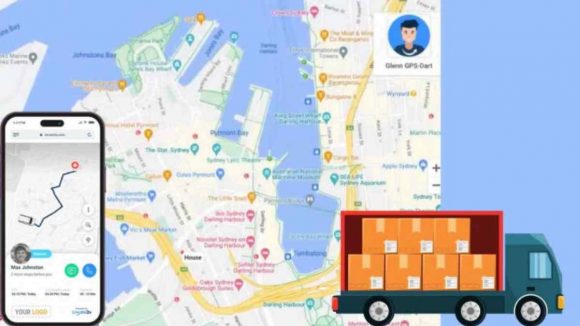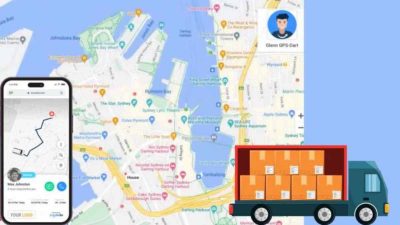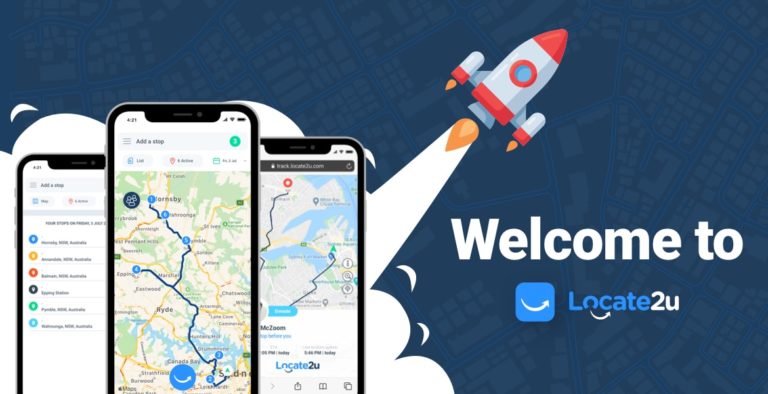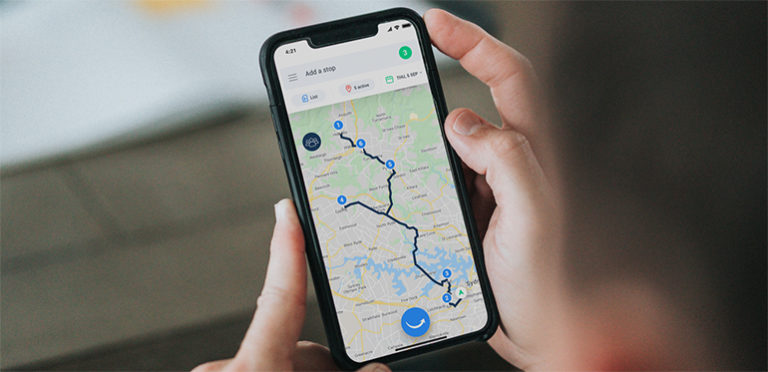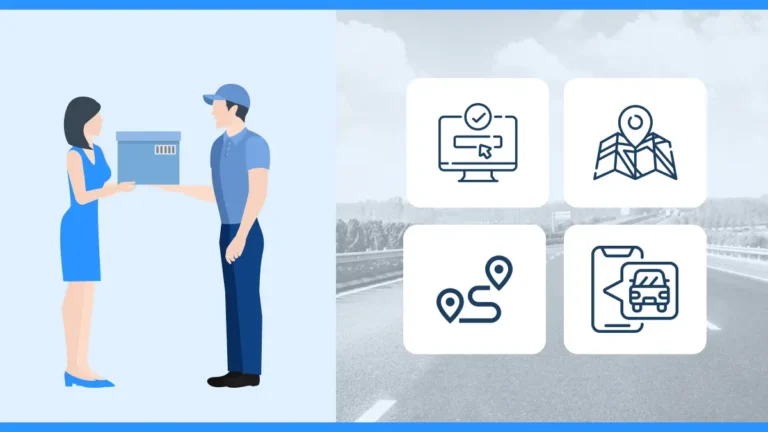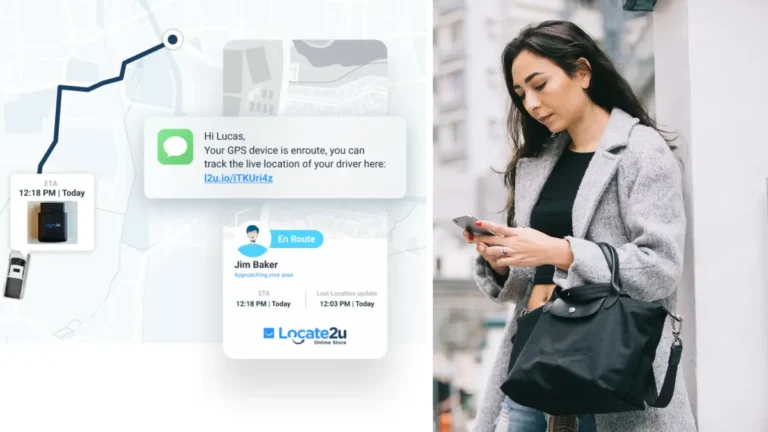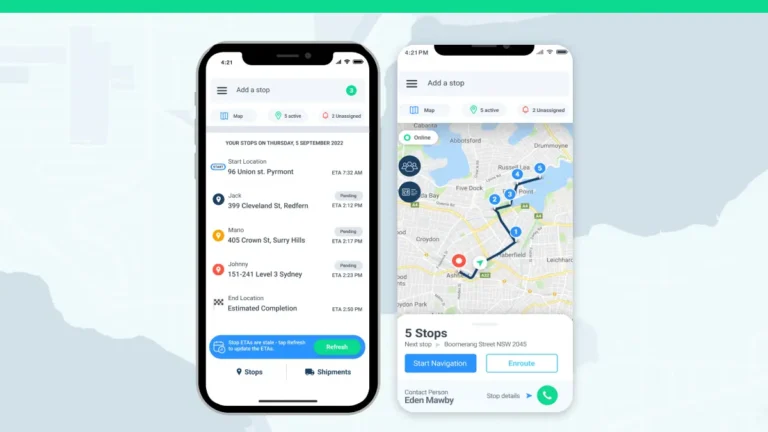Real-time communication is one of the main pillars of creating a pleasant customer experience during the last-mile delivery process.
The last thing you want is a customer writing a bad review of your business on social media or Google ratings because the delivery went wrong.
Steve Orenstein, the founder of Locate2u software, says that if a business owner can identify the problem promptly, it’s much easier to turn a bad experience into a positive one.
However, you need real-time communication software to ensure transparency and feedback.
“If you make sure the customer has the option to give feedback directly to you when there’s a problem, you can fix it quickly, and they are more likely to feel looked after than frustrated,” says Orenstein.
Let’s look at 12 innovative tools for real-time communication in the last-mile delivery process.
1. Real-Time Tracking Software Helps With Better Communication
New data shows that nearly eight in ten German online shoppers want to receive real-time updates up to one or two hours before their delivery.
In 2025, real-time tracking will make it easier for customers and businesses to manage last-mile delivery by automating messages, package scanning, predictive analytics, and wearable technology.
Real-time tracking allows your business to see each vehicle’s location live. With that valuable information during the last mile, you can optimize routes and improve your ETA accuracy.
If you know where your vehicles are, you can give customers crucial information that they need, especially during same-day delivery.
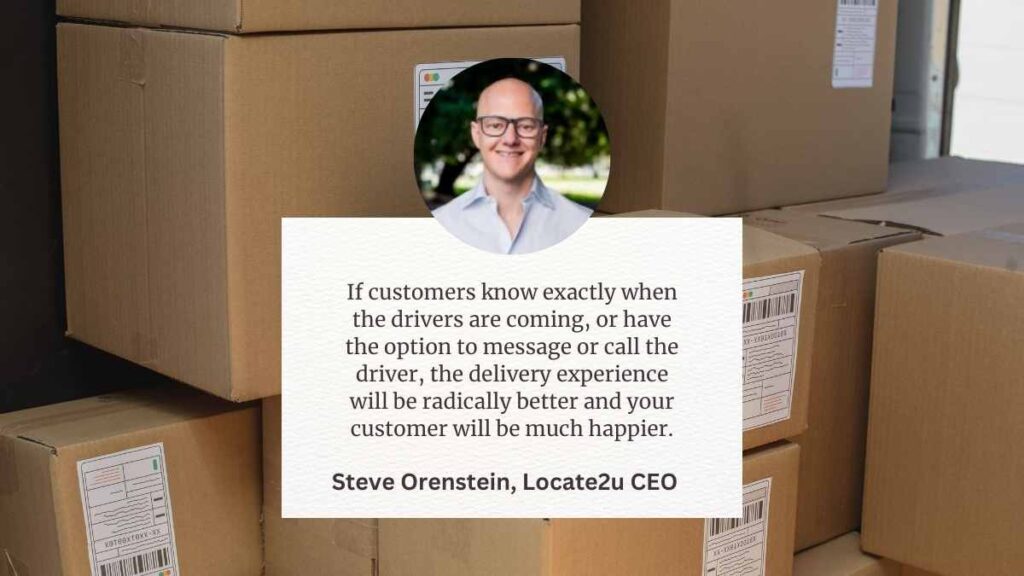
2. Route Optimization Tools Improve Real-Time Communication
Now that you know where those vehicles are, you can use real-time traffic data to adjust routes as you track your assets. With route optimization, you’ll be able to automatically improve drivers’ routes by taking into consideration the following:
- Weather conditions
- Traffic patterns
- Skills of the drivers
- Capacity of vehicle or van
The route optimization software constantly updates, considering the new data received to form the most efficient route for drivers.
Customers can follow where their parcel is in the queue and how long it will take to arrive.
The business also uses route optimization software to cut fuel costs and delivery delays. Drivers are also more productive on the road, not wasting time during stops.
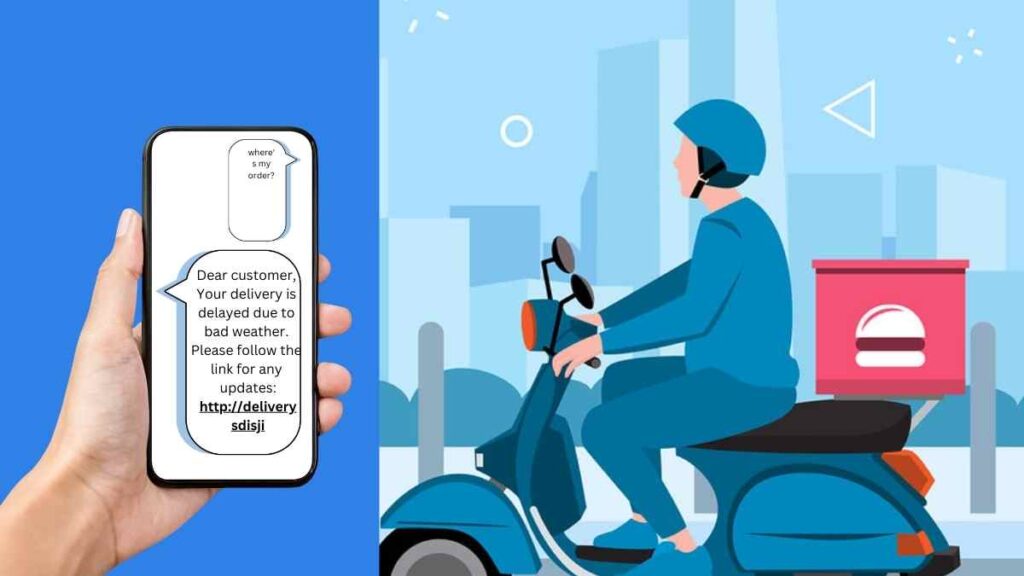
3. Driver Apps with Live Status Updates
What’s the use of giving customers static updates on where their parcel is without giving them access to accurate information? Customers want to know why their parcel is delayed, for how long, and when they can expect the new ETA.
Read more about real-time tracking vs. static updates: why the difference matters.
Live communication delays ensure that customers feel in the loop, even if they don’t want to hear it at that stage of the last-mile delivery.
A driver app helps drivers to stay accountable, knowing their customers are monitoring them. It also helps to improve the accuracy of delivery timelines.
4. Customer Notification Systems Improve Communication
You don’t have to spend hours sending messages to customers to update them in real-time about their delivery. These processes are automated, which also helps minimize human error.
The customer receives an automated SMS or email alert to inform them of the delivery status.
This helps with transparency and reduces missed deliveries.
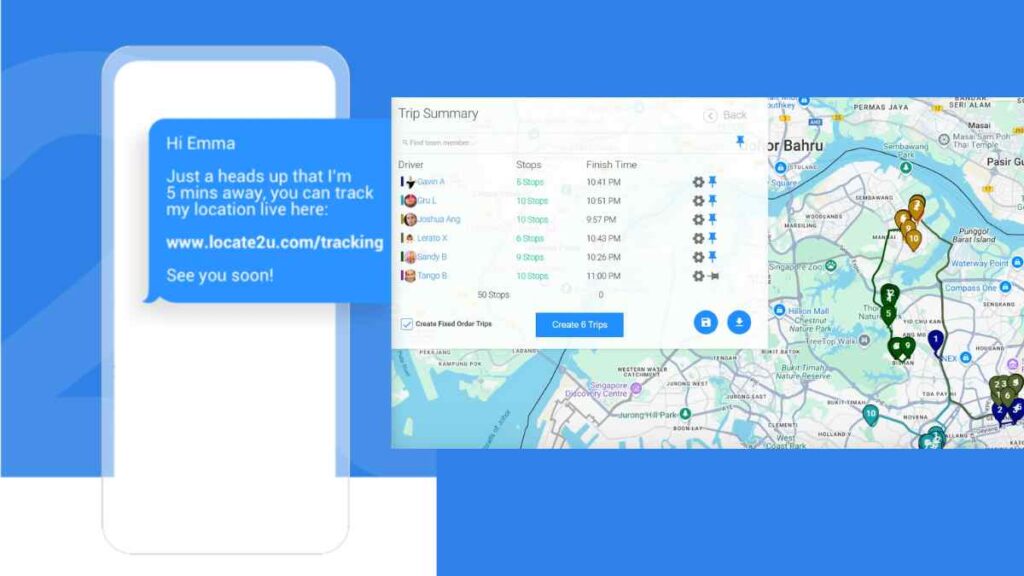
5. Electronic Proof of Delivery (ePOD) Solutions
A digital signature, photos, and timestamps confirm that the delivery was successful. With this software, both the business and the customer have extra peace of mind that the delivery service was a success.
Without PODs, a string of disputes could flood your desk when customers are not happy with the service. They can easily dispute that the item has even been delivered, which can lead to lengthy court battles for your company.
6. Chatbots for Customer Support During Last Mile Delivery
Not everybody is a fan of AI-powered chatbots, but they help handle delivery inquiries in real-time. This means a chatbot can quickly answer simple, frequently asked questions.
This leaves more time and space for staff to answer more complex inquiries.
During peak hours, staff could get overwhelmed with the flood of phone calls, but chatbots can address this shortcoming.
7. IoT-Enabled Sensors for Parcel Tracking
Some delivery companies handle more sensitive items, which require the trucks to be at the ideal temperature, humidity, temperature, and handling conditions. These sensitive deliveries require technology that can monitor all of this.
With IoT-enabled sensors, parcels can be tracked from the shipping process to their final destination to ensure they arrive at the customers’ front door in perfect condition.
This helps to build customer trust, with the quality never being compromised.
8. Mobile Dispatch Management Software
During the final mile delivery, many things can go wrong. Dispatchers often have to reassign tasks based on real-time conditions, but this is possible with mobile dispatch management software.
When quick decisions can be made during the final delivery process, fleets can be more efficient and reduce idle time.
9. Two-Way Driver Messaging Platforms
A two-way driver messaging app allows dispatchers to speak directly with drivers, helping to reduce misunderstandings.
Misunderstandings often happen when parcels are already en route to the final destination. Customers want to update their addresses or delay their delivery. If managers have direct two-way communication with drivers, there will be fewer misunderstandings, which will result in better fleet coordination.
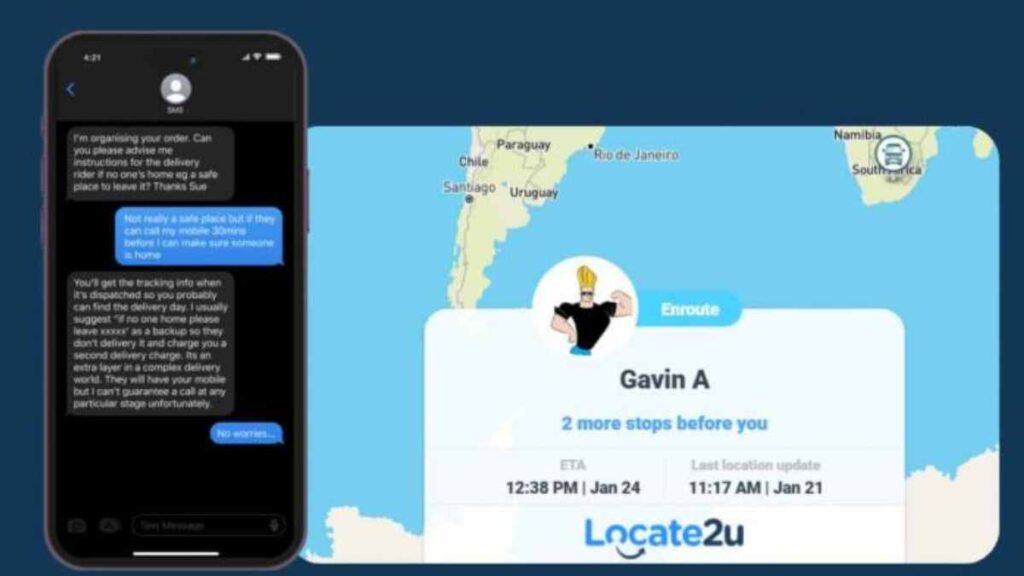
10. Cloud-Based Delivery Management Platforms
Cloud-based delivery management platforms help centralize data. They enable real-time updates across teams, making the process more efficient.
There is automatically a seamless collaboration between dispatch, warehouse, and drivers.
11. Geofencing Technology
Geofencing allows a business to automate customer communication by sending a message when a driver enters or leaves a certain radius from the customer’s address.
As the driver leaves the address, a customer gets a notification asking to rate the driver’s service and review the delivery experience.
This type of communication helps improve the delivery driver’s overall efficiency.
12. Predictive Analytics Improves Real-Time Communication
Predictive analytics can improve real-time communication during the last-mile delivery process using historical and real-time data.
Delays can be anticipated before they happen. This helps businesses to be proactive and adjust their strategies to avoid long delivery delays and unhappy customers.
About the author
Mia is a multi-award-winning journalist. She has more than 14 years of experience in mainstream media. She's covered many historic moments that happened in Africa and internationally. She has a strong focus on human interest stories, to bring her readers and viewers closer to the topics at hand.

